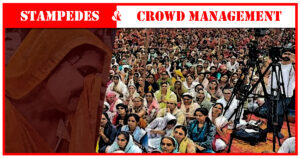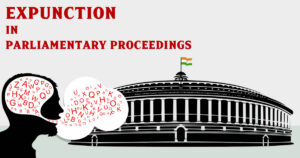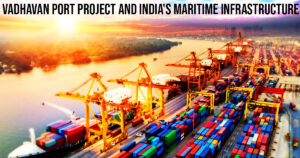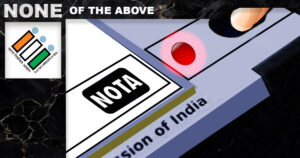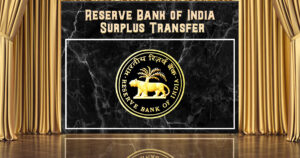Skip to content
Ensuring Social Justice in the Bureaucracy
Mines and Minerals (Development and Regulation) Act of 1957
Maize Revolution and Production in India
Karnataka Gig Workers Bill 2024
Stampede and Crowd Management
Expunction in Parliamentary Proceedings
The Panchayat (Extension to Scheduled Areas) Act 1996
Power Markets in India and Their Working
Verification of EVM and VVPAT Units
Vadhavan Port Project and India’s Maritime Infrastructure
GREAT Scheme for textile sector in India
NOTA and its Consequences
Hunar se Rozgar Scheme, The Skilling Potential of Tourism
Reserve Bank of India (RBI) Surplus Transfer: A Boon or Bane?
To preserve forests, it’s important to listen to tribal communities
Hybrid Annuity Model (HAM) – A project by Indian Government
Vibrant Villages Programme
PMAY: Pradhan Mantri Awas Yojana for Affordable Housing.





